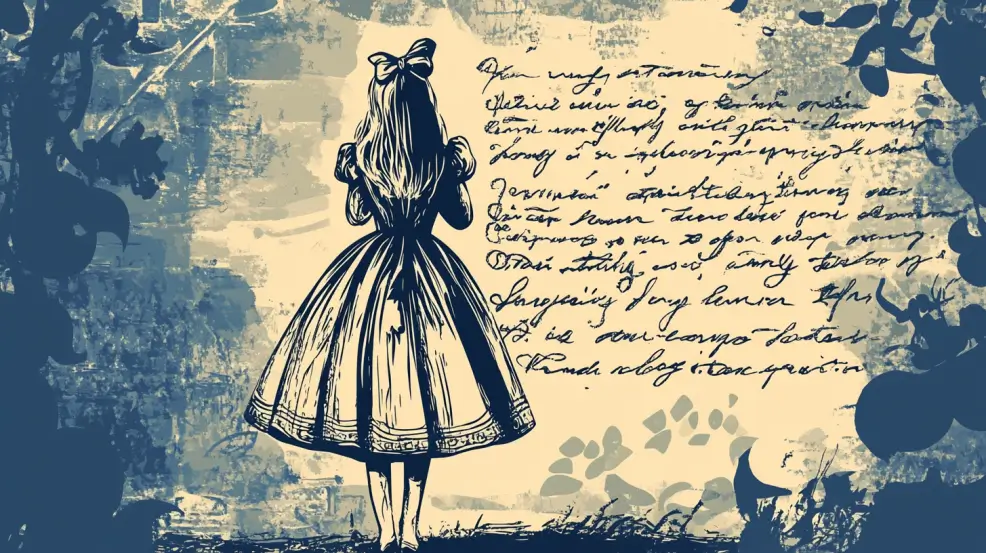Google’s developers have introduced a groundbreaking AI system called InkSight, which utilizes a process known as DeRendering to bridge the gap between online and offline note-taking. This technology can convert handwritten documents into digital format, and it has the potential to revolutionize the writing industry.
Imagine discovering a love note penned by a distant relative a century ago and transforming it into a chapter of a contemporary romance novel. Picture yourself writing your next book at the beach on a notepad, confident you won’t have to retype it when you return home. This is the promise of InkSight, and it’s exciting news for writers.
While devices like ReMarkable and Scribe offer digital note-taking with specialized pens or pencils, they cannot interpret notes written on traditional paper. Previous attempts to train AI to read handwritten text struggled with accuracy, making them impractical.
So, how did Google achieve this? In their latest effort, developers decided not only to use AI to read the text but also to consider the visual aspects of handwriting, including critical strokes made with a pen or pencil. InkSight can also interpret simple sketches and symbols drawn on paper. They employed technologies such as Google’s Vision Transformer (ViT) and the mT5 language model, which enables the system to predict the meaning of handwriting. Currently, InkSight boasts an accuracy rate of about 87%, which is acceptable since the remaining 13% can be supplemented with other applications or technologies.
Though this is a simplified explanation of how it works, the implications are significant; it could change how we read and write. It’s well-documented that writers often prefer to work on paper, as it offers a simplicity and distraction-free focus that electronic devices can’t match. Although digital notebooks and e-ink readers come close, the experience is still different.
A critical limitation of InkSight is that it cannot convert digital text back into handwritten format. If this were possible, it would pose serious risks, allowing scammers and hackers to falsify documents and create chaos. It’s unfortunate but necessary to consider the potential negative consequences of any new technology, and thankfully, Google has considered this concern.
Public testing of InkSight is now available through a Hugging Face demo, although it may take some time before it becomes a practical application. Regardless, this tool is an exciting development for writers.
Featured image by StockSnap from Pixabay and screenshot above taken from the Hugging Face Demo.
Writing has always been her passion and a voice for those who cannot speak. She considers herself fortunate to write every day and says her mantra is, "I drink coffee, write, and I know about people and technology." Her writing is diverse and can be found online on websites like LifeHack, You Have a Calling, Medium, TechCrunch and, She Knows.



